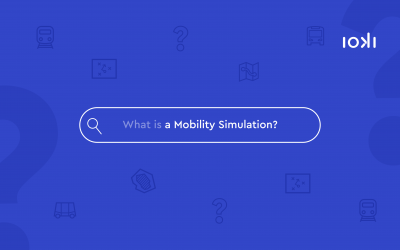Future-oriented activities
DB already set the course for the mobility transformation a long time ago and anchored the protection of our planet as a core corporate goal in its DNA. Many of the sustainability targets have already been achieved. For example, since the end of 2020, more than 95 percent of the raw materials used in rail operations have been recycled. However, this is far from the end, DB’s sustainability journey continues steadily. By 2030, around 800,000 people living in noisy areas will be relieved by quieter trains and other noise protection measures. That is more than half of all residents who currently live along noisy railway lines. DB has also set itself concrete climate protection goals. CO2 emissions are to be halved by 2030, and in 2038 the electricity used by DB is to be obtained from completely ecologically sustainable sources. Complete climate neutrality is targeted for the year 2040.
Holistic green transformation
The green transformation is being tackled holistically by Deutsche Bahn. Numerous measures for climate, nature, resource and noise protection are listed under the environmental brand “That’s green”. For example, beekeepers are being provided with disused railroad lines for beekeeping, DB factory and exit areas prepared for endangered bird species, bicycle stands are being built, employees are receiving environmental trainings, DB gastronomy is actively combating environmental pollution, and much more: everything for the next stop, the green future.
ioki is green too
In Hamburg, our ioki shuttles take travellers from A to B completely emission-free. By linking bus and train with our on-demand service, we are making a contribution to strengthening public transport and thus making climate-friendly mobility even more attractive. Autonomous and electric driving is also already more than just a dream of the future for us: with our autonomous shuttle buses in Bad Birnbach, we are making a contribution to the environmentally friendly mobility transition of Deutsche Bahn with a low consumption and zero emission service.



